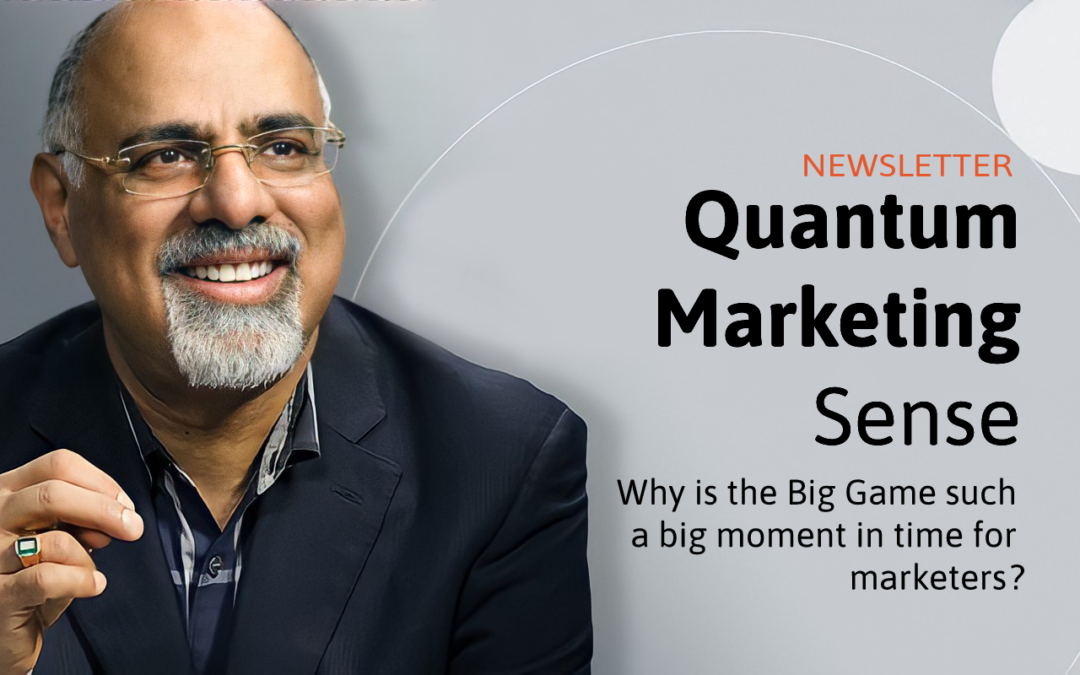Sunday’s big football matchup is often called the Big Game – notably by the brands that aren’t sponsoring the event and want to avoid trademark litigation. But it is a game with sky-high stakes in the marketing world: Should brands spend millions for 30 seconds of airtime in front of the largest American television audience of the year? What’s the expected return on investment? What tone should they strike? What if they fumble?
Every year, marketers at every stage of their careers – from students to CMOs – ask me these questions. The truth is, the answer varies depending on your brand, your consumers, your community and your company. Here are some insights to consider:
Marketing truth: Consumers feel more positively about brands that support events in their passion category. Live events in sports and entertainment present a unique opportunity for brands.
A cultural phenomenon: The Big Game is a huge phenomenon in the U.S., with passionate viewership. It has become a cultural event that also acts as a platform for brands to showcase advertisements that are unique and different. It’s not just marketers who pay attention — consumers look forward to seeing what’s new from brands.
The opportunity: In a world where folks are all watching recorded content on their own time, this brings many people to the table. Catching them all in one moment is a powerful thing.
Is it worth it? Not every brand can afford to advertise on Sunday. An ad can cost $5 million. Thirty seconds and poof, it’s gone. Whether it was worth it depends on the brand and how well they can capitalize on the opportunity. It should not just be a one-and-done ad placement, but rather a true alignment and investment around the passion on a sustained basis.
Authenticity and creativity matters: If everyone does the same thing, there will be a sea of sameness. As a marketer, it’s important to come up with authentic, creative ways to showcase the unique values, characteristics and personality traits of your brand while tapping into the passion of your consumer. Nike and Pepsi have really integrated into the culture of their communities, and when they come out with something it’s very natural.
What’s different in 2021? This year, we have seen a number of traditional brands drop out (Budweiser, Coca-Cola, Facebook, Ford, Hyundai, Olay, Sabra, Planters, Audi). Other brands have jumped in (Uber Eats, ScottsMiracle-Gro, Fiverr, DoorDash). There seems to be a more visible churn than in previous years, which is neither good nor bad. Many companies are going through a significant challenge because of COVID-19, and life has not returned to normal. Every brand must reevaluate strategy, how much they want to spend, and where they want to spend.
Will people watch? With people locked in their homes and looking for entertainment, one would think the viewership of live events this year would be very high. However, viewership numbers might look different. Traditional viewing parties in people’s homes and restaurants won’t be taking place. Many people have cut the cord, but it’s likely people will still find a way to watch outside the traditional media channels because it’s an exciting moment and for the energy. This muddles the scene quite a bit.
It will be interesting to see how this weekend plays out on, and off, the field.

Recent Comments